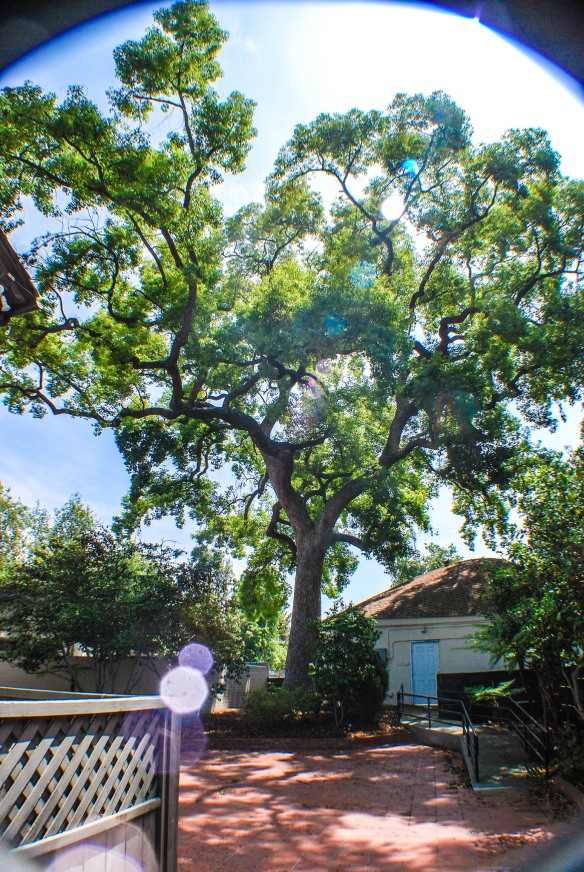This quarter is drawing to a close and the Open Space and Land Use team’s project is nearly complete. We have completed the interactive map showing heritage trees and historic tree groves in Claremont. These are the trees considered historically or aesthetically significant, with some additionally trees (the list of these trees can be found on Claremont’s Tree Policies and Guidelines Manual). The City’s list contains only lists the tree species and address, which is not sufficient for a good inventory. These special trees also have nothing, like a plaque for example, to distinguish them as significant. So the list before this project was really abstract for more Claremont citizens; how would they possibly know the trees were important? So we created the map as a way to move in the direction of really letting people know about these trees which will lead to better preservation (maybe even celebration) of them.
We made the map using a GIS shapefile of all the public trees in Claremont which was provided by the City’s Public Works Department (who originally obtained it from West Coast Arborists Incorporated). This database contained information of the location, species, and size of each tree in Claremont. To make into a source of data that the typical citizen could use and find interesting we had to narrow the scope of the data and number of trees.
From the original 25,010 trees from the original shapefile we narrowed it down to 79 trees. Over the past few weeks, our team has worked to match the trees from the list with points on the shapefile. For the six heritage trees, we simply matched the address and species with a point. This process didn’t go smoothly for every tree, and the list needed to be revised multiple times. A data set this large is always bound to have some inaccuracies.
One example of where it was an issue was for the Camphor tree pictured below. The shapefile listed the tree as being the size of a sapling, so we did not consider that point as being the location of the heritage tree. It was essentially “missing” from the data. We needed to become detectives to find it. Using the address listed by the City’s list we narrowed the possible location of the tree to an area around Mallows Park on Indian Hill Blvd. To find it we cross referenced google street view photos with points that listed correct information. To say the least, it was frustrating working with this data set, but the final result can be considered very accurate.
To make the map more appealing we converted it to a google map and posted it online to make it more users friendly and easy to access. To do this we just use the data with google fusion tables and created the online version of the map. In addition, to make the map even less abstract we added photos of each tree on the list which can be accessed by clicking on each point. The team felt this made the map more aesthetically pleasing and engaging. These photos were collected by the team over 4 visits to Claremont. We hope this map provides some interesting information to the other students and any interested residents. This map is a step in the right direction for the future preservation and management of Claremont’s urban forest. The first step in protecting something is to show people it is worth protecting, and this map shows off some of Claremont’s beautiful trees so that people can take a moment to stop and think about them and appreciate them.

An Australian Tea Tree – One of the heritage trees in Claremont is exceptionally rare. Can be found in Mallows Park on Indian Hill Blvd.
In addition to the map, the team has also completed the best management practices for the care of mature trees covering topics such as proper pruning and watering. In a period of severe drought, proper care is important for the survival of these trees which are a major resource for Claremont. Remember, we are the treeople.
What’s next?
This upcoming week (Week 9) we will submit out final report before making our final presentation next week.

